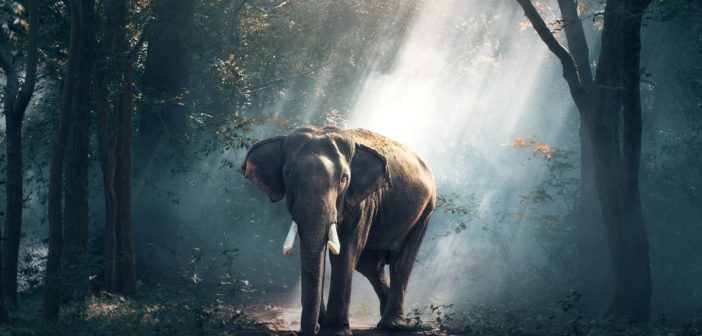By Gabriela Caminero, Staff Writer
The Sunshine State is homeland to a vast variety of wildlife. Most of these plants and animals, including endangered and rare species, are found in the Florida Everglades.
The Everglades are collectively considered one of the largest marshes is the world. According to Live Science, just 200 years ago, this massive 5,184,000 acre watershed covered one-third of the state of Florida; however, only 50 percent of the marshes remain today because they have been drained for agriculture.
The Everglades are have over 100 marsh plants that live in water most of the year. These plants include white waterlily, sawgrass and periphyton algae. Sawgrass is well known for forming acres of marshes. It is a common source of food in its environment and many animals depend on it. This plant makes up the River of Grass, which is the many acres of sawgrass that extends for miles throughout the Everglades. It gets its name from the flowing current of water that flows through the sawgrass causing it to sway.
The white waterlily is a plant that forms in dense colonies. The leaves usually float on the water’s surface while the flower arises on a separate stalk. It is composed of white petals and a yellow center. The flowers open up every morning and close in the afternoon. They are important for the ecosystem because the submerged part of the plant provides habitat for many micro and macro invertebrates. They are then used for food by fish, amphibians, reptiles, and ducks. After they die, they are decomposed by bacteria and fungi. This provides food for many aquatic invertebrates.
The periphyton algae, according to the U.S Environmental Protection Agency, is a crucial and fundamental part of the food chain. It is a primary food source for small consumers and significant for water quality. Periphyton is most productive in areas where flooding has occurred for more than six months.
The animals inhabiting the Everglades, including the white-tailed deer, Key deer and black bear, have adapted to a subtropical climate. According to the Everglade’s Plan, 67 species of those animals are on the federal threatened or endangered list, which includes the Florida panther, the West Indian manatee, and the wood stork.
Two of the most abundant species that live there are alligators and crocodiles. The Florida Everglades is the only place in the world where these two species co-exist in a wild environment. The American alligator has a slightly rounded body, they are darker in appearance, and its snout is rounded into a more U shape. A crocodile has a longer V-shaped head, they have a lighter appearance and the fourth tooth sticks out when the mouth is closed. Alligators range only through southeastern United States but crocodiles on the other hand inhibit coastal areas of South Florida, Cuba, Jamaica Hispaniola, Southern Mexico and Central America.
According to the SWFWMD, the black bear is the largest mammal native to Florida. It is a very shy and secretive animal, often hiding in dense vegetation. It is rarely seen in the wild. Bears are omnivores, meaning they eat vegetation and meat. Their diet includes anything from acorns, insects, honey and armadillos. Females weigh anywhere from 150 to 300 pounds, while males weigh anywhere from 250 to 450. They stand around 5 to 6 feet. Black bears require a broad ecological environment over a large geographical area. Since they share living space with many other endangered and threatened species such as the gopher tortoise and the Florida scrub jay, protecting the black bears’ environment would result in protecting many animals, making these bears an “umbrella species.”
“Before I lived in Florida, I remember visiting the Everglades and seeing my first bear. It was an incredible experience and I think it would be a shame if humans cause these bear populations to decline so much that generations after me will not be able to see them also,” said Freshman Hanna Kat.
Another interesting animal that lives in the Everglades is the Key deer. These deer can only be found in Big Pine Key and the Everglades. Key deer feed off native plants such as red, black and white mangrove, thatch palm berries and over 150 more plants that grow in the Everglades. According to Miami SCI, the key deer is one of the smallest breeds of deer. This animal is also on the endangered list due to over hunting. It was estimated that there were less than 50 wild Key deer in the 1940’s. In 1954, new laws were placed and a National Key Deer Refuge opened. Their current population is around 250-300.
These animals are constantly being threatened and harmed by humans. There are organizations that are dedicated to rescuing and rehabilitation wild animals. Without their help, those hurt animals would have to be euthanized. A well-known animal rescue facility is the Everglades Outpost Wildlife Rescue, which was started in 1991. Not only do they focus on the animals, they also take time to educate families and schools about wildlife and teach them how to keep themselves and wild animals safe from each other. They also show off the many alligators and snakes that live in their facility and offer an airboat ride through the Everglades.





